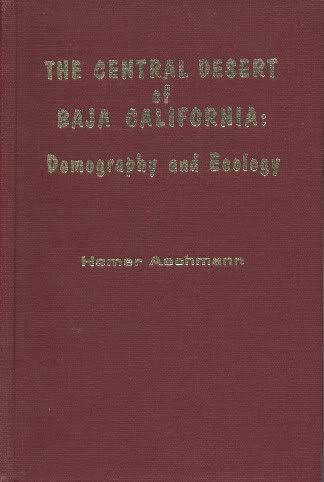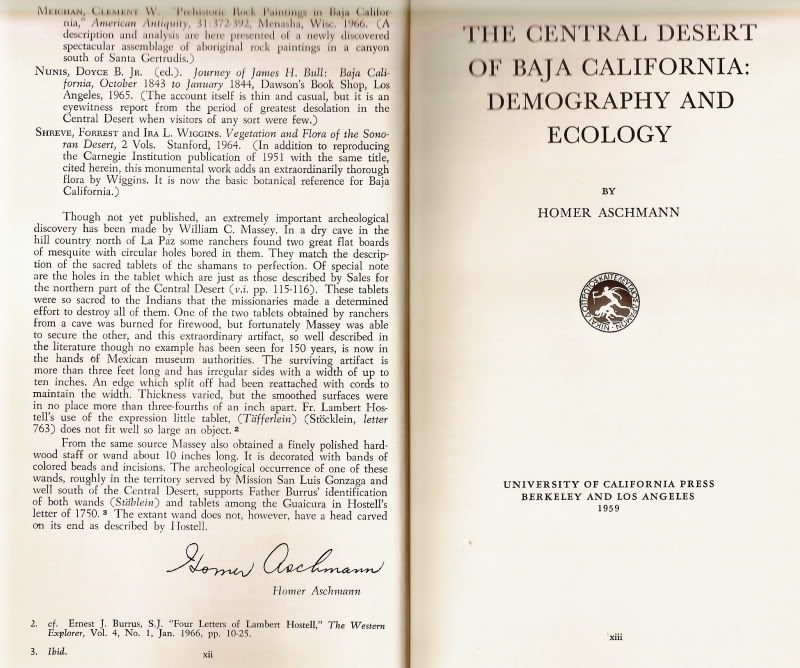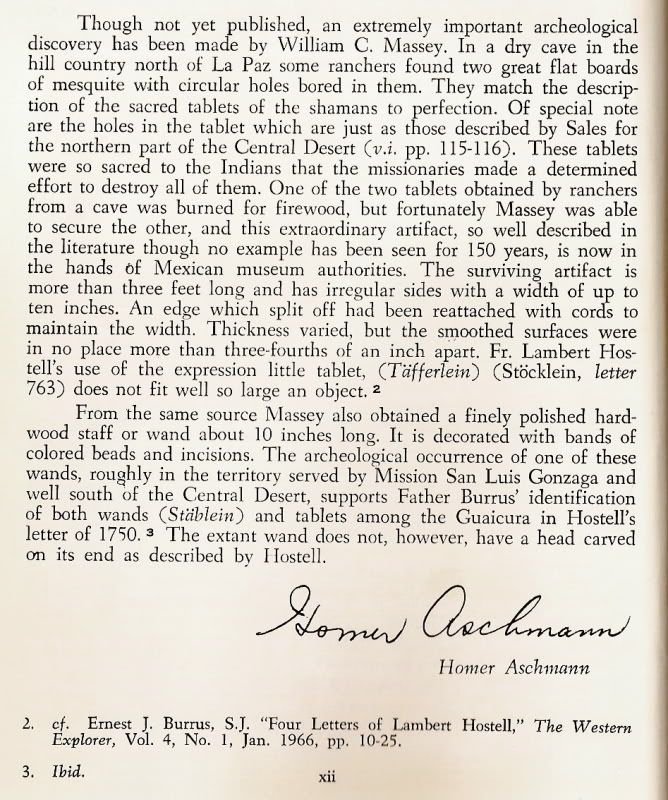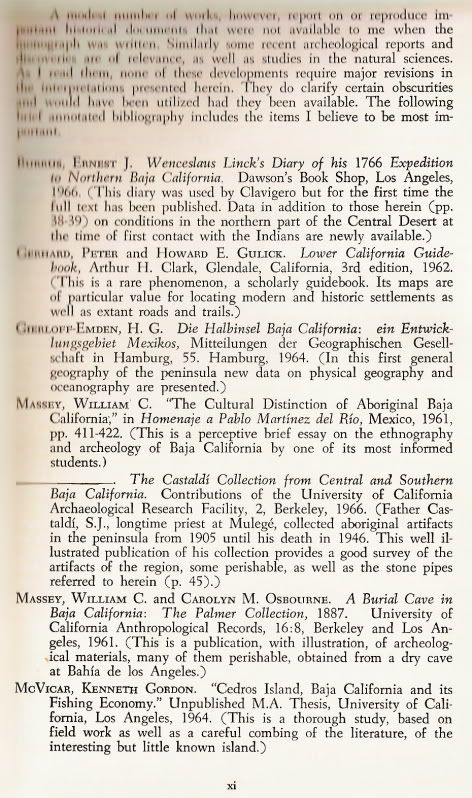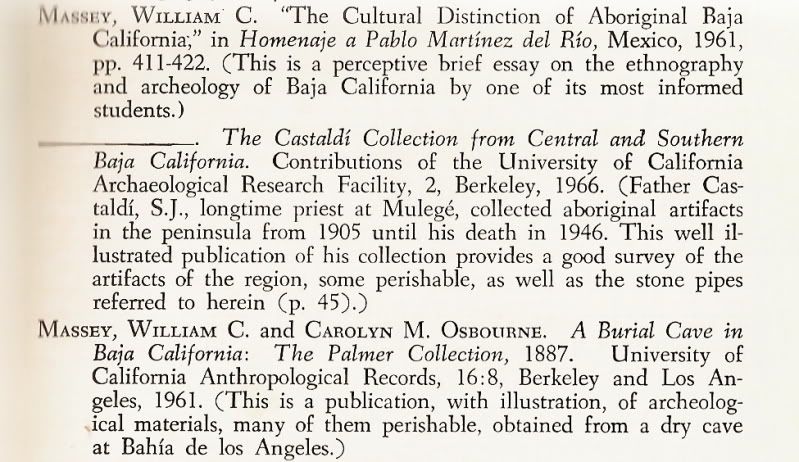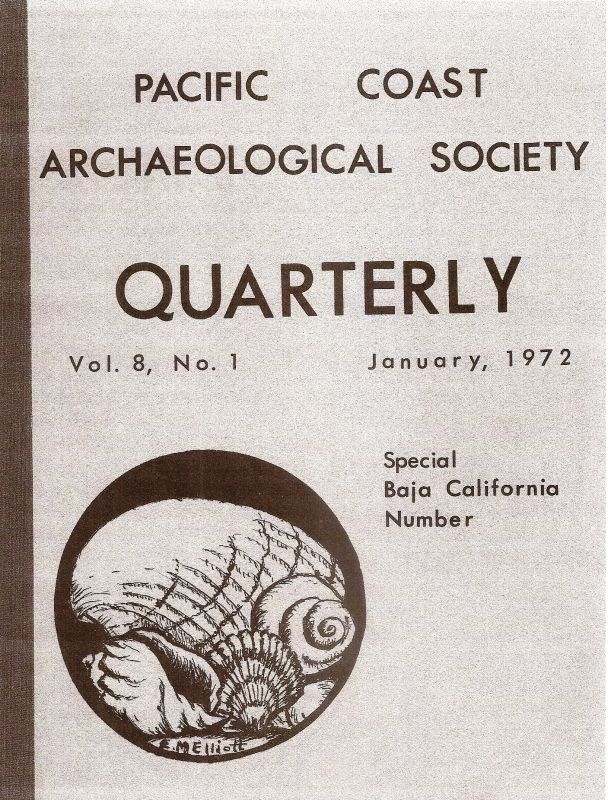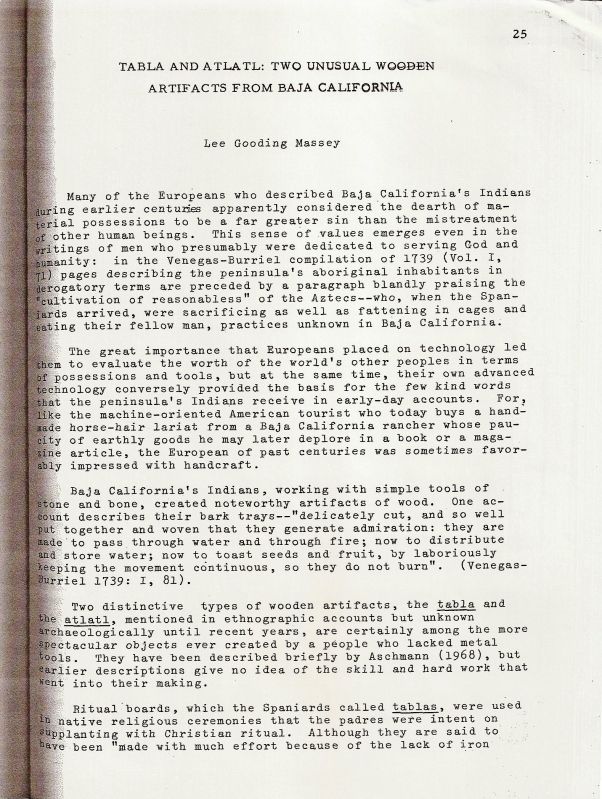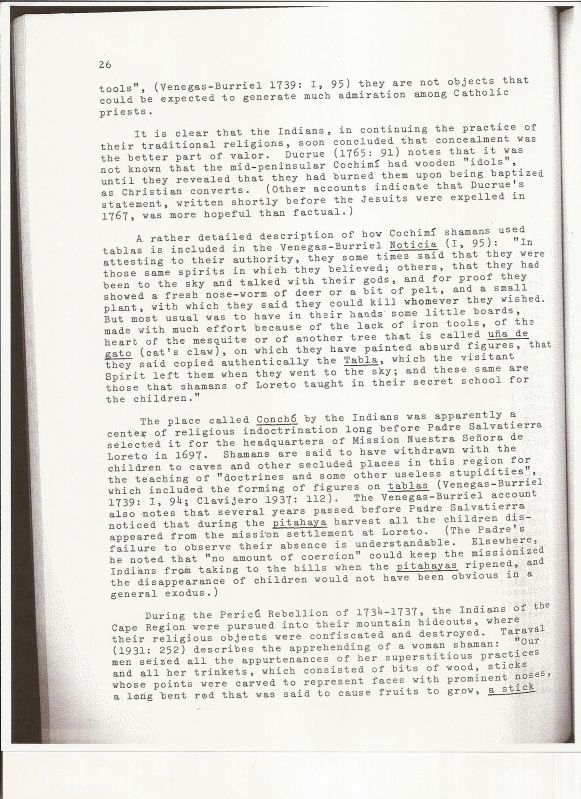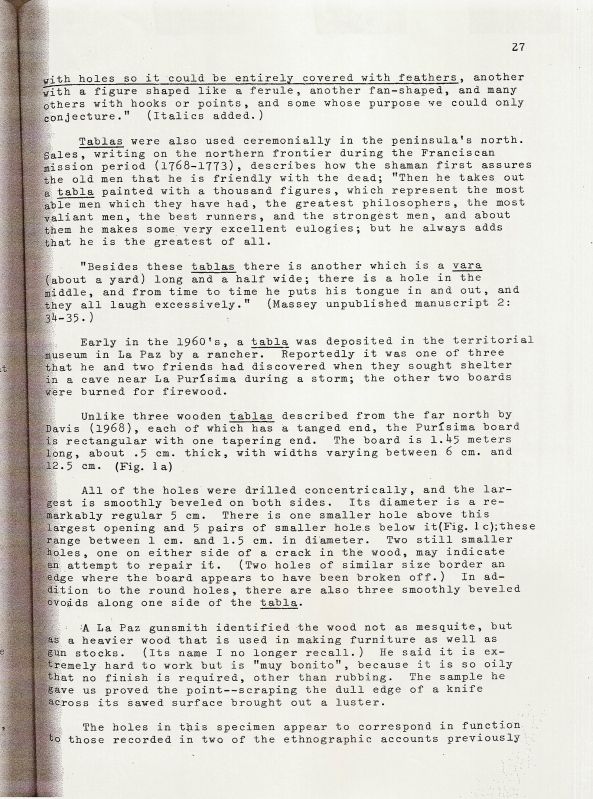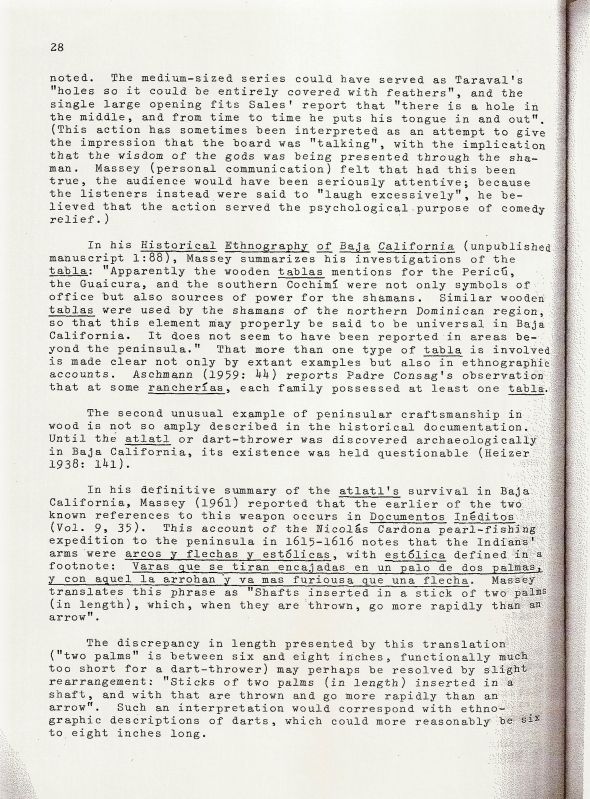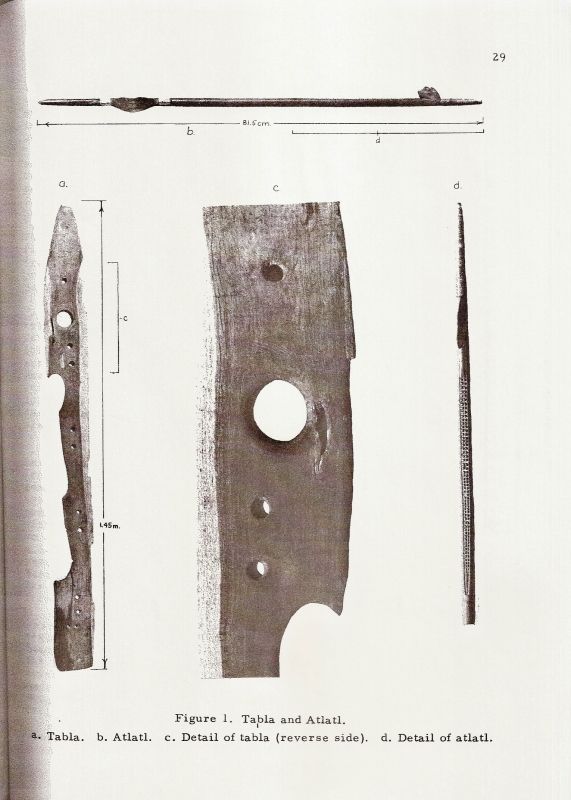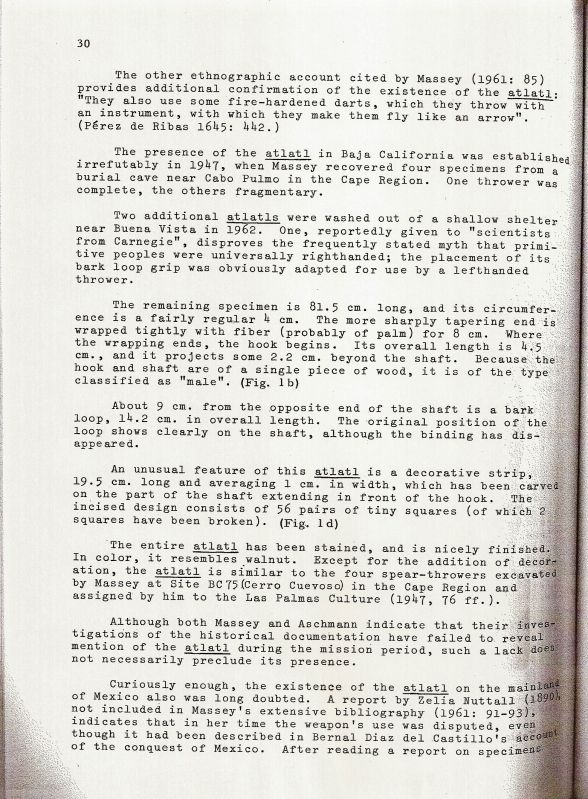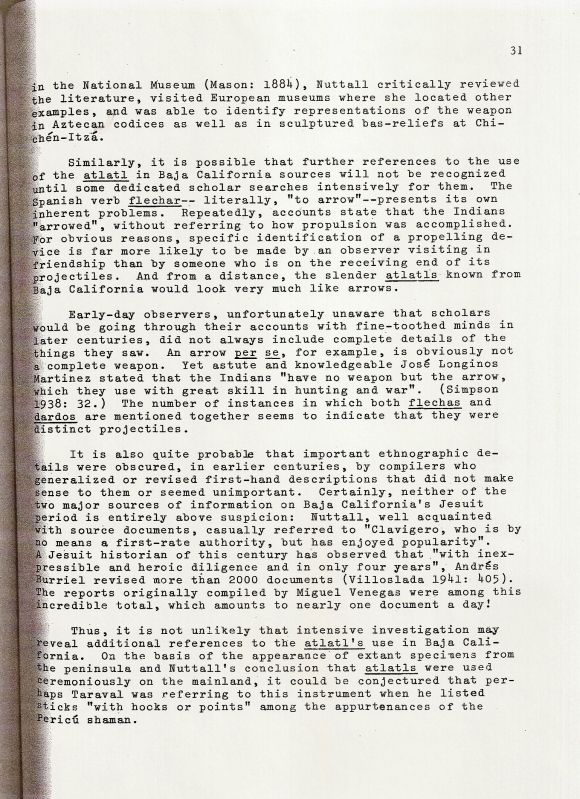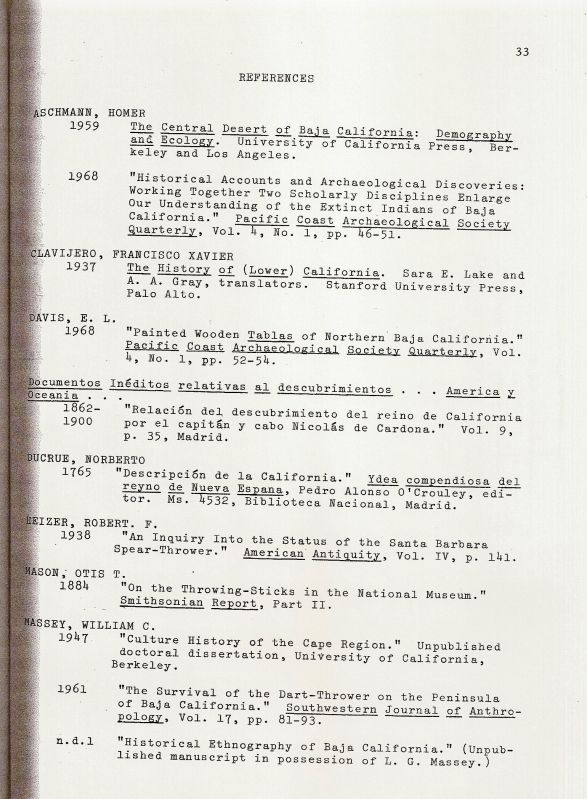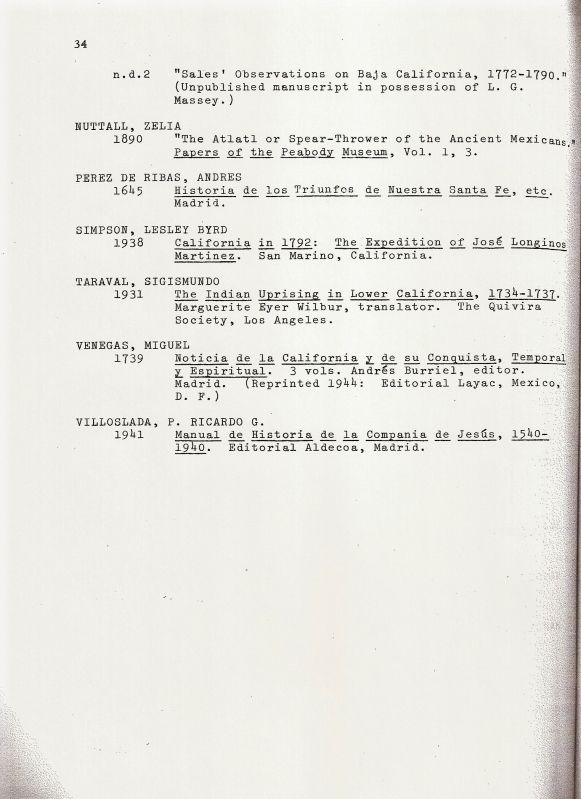Very cool!
In looking at the photos (had to go to the UCMP site, as your links did not work) the "burned" areas look like mineral stains to me. The other issue is, is if they were associated with humans, there would likely have been some artifacts, at a minimum some flakes, points, scrapers, grinding stones, charcoal, something. As a professional archaeologist, the person who found the fossil bones would have known what to look for. Of course, the "burned" bones he refers too may be other bones that are not in the UCMP collections.....But I have a strong feeling, that they too would turn out to be mineral deposits. Also, if there were people here longitudinally splitting bones, there would be stone tools all over the place that were used to split the bone. The split bones are likely natural.
My guess is, it is "simply" a fossil locality. Not that there is anything wrong with that.

I have dealt with Dr. Holroyd numerous times and also found her to be very helpful in paleontological research.



